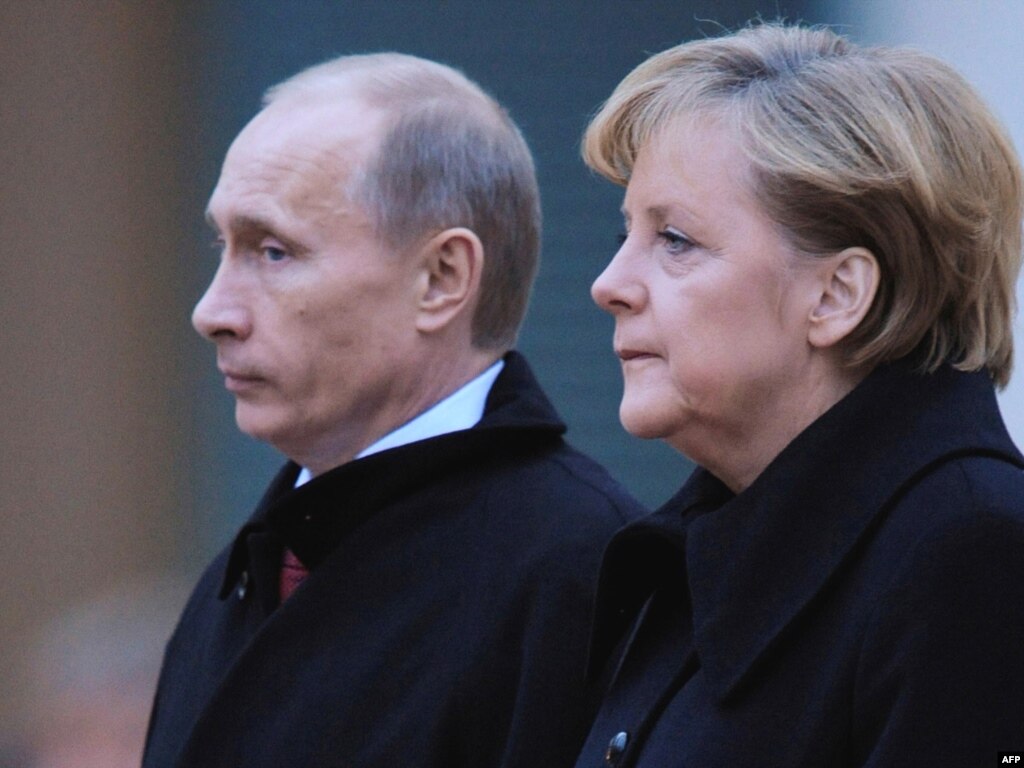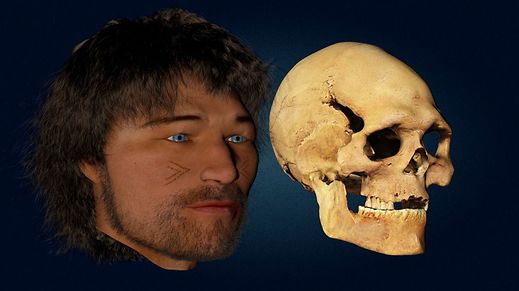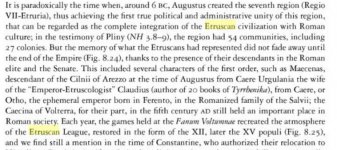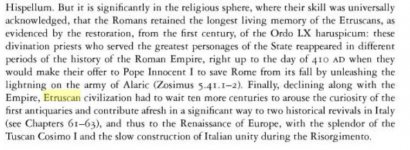I could be a good sample for autosomal DNA, my closest ethnical group both in EUROGENES and DODECAD is "Tuscan" (it works!) the second is "Western Sicilian" (Normans?). My aDNA data are:
EEF=85,3 % (Huge like many Western Europeans)
WHG=7,3 %
ANE=7,2%
North Atlantic=21,23%
Baltic=8,1%
West Med=25,98%
West Asian=10,98%
East Med=29,31%
In Sicily there are a few of my Y-DNA R-L21 but they didn't match me, L21 is connected with Bell Beakers Folk expansion in 2700 BC and it is basically a Celtic haplogroup with huge diffusion in the British Isles. I must admit that it is somehow alienic in Italy (2-3%) with some exceptions.
You seem more southern shifted than average Tuscans, basically you seem a West Sicilian according Eurogenes K13 but EEF, WHG and ANE admixtures says something different but not average Tuscan.
Lazaridis 2013
Tuscan
EEF 0.746 (74,6 %)
WHG 0.136 (13,6 %)
ANE 0.118 (11,8%)
Bergamo (Northern Italian)
EEF 0.715 (71,5%)
WHG 0.177 (17,7%)
ANE 0.108 (10,8%)
Sicilian
EEF 0.903 (90,03%)
WHG 0 0 (0%)
ANE .097 (9,7%)
http://www.eupedia.com/forum/thread...NE-admixtures-in-Europe-Please-post-your-data
Eurogenes K13
Tuscan
North Atlantic - 27.18
Baltic - 10.00
West Med - 23.79
West Asian - 8.83
East Med - 24.59
Red Sea - 4.29
South Asian - 0.24
East Asian - 0.01
Siberian - 0.29
Amerindian - 0.00
Oceanian - 0.50
North-East African - 0.17
Sub-Saharan African - 0.09
West Sicilian
North Atlantic - 21.14
Baltic - 7.59
West Med - 22.70
West Asian - 10.85
East Med - 28.65
Red Sea - 5.07
South Asian - 0.65
East Asian - 0.52
Siberian - 0.20
Amerindian - 0.05
Oceanian - 0.61
North-East African - 0.99
Sub-Saharan African - 0.96
North Italian
North Atlantic - 31.68
Baltic - 11.93
West Med - 25.76
West Asian - 6.90
East Med - 19.58
Red Sea - 2.78
South Asian - 0.56
East Asian - 0.34
Siberian - 0.13
Amerindian - 0.05
Oceanian - 0.21
North-East African - 0.04
Sub-Saharan African - 0.03
Tuscans
Dodecad Oracle k12b
[1,] "Tuscan" "0"
[2,] "TSI30" "2.3896"
[3,] "C_Italian_D" "4.7624"
[4,] "O_Italian_D" "6.1384"
[5,] "N_Italian_D" "9.985"
[6,] "North_Italian" "10.4355"
[7,] "Greek_D" "12.625"
[8,] "S_Italian_Sicilian_D" "13.5348"
[9,] "Sicilian_D" "13.586"
Northern Italians
[1,] "North_Italian" "0"
[2,] "N_Italian_D" "3.5071"
[3,] "TSI30" "8.3899"
[4,] "Tuscan" "10.4355"
[5,] "Baleares_1KG" "10.8217"
[6,] "O_Italian_D" "12.2221"
[7,] "Galicia_1KG" "13.4179"
[8,] "Extremadura_1KG" "14.2773"
[9,] "C_Italian_D" "14.2955"
[10,] "Murcia_1KG" "14.6925"
[11,] "Andalucia_1KG" "14.9345"
[12,] "Portuguese_D" "15.4848"
[13,] "Spaniards" "15.574"
Sicilians
[1,] "Sicilian_D" "0"
[2,] "S_Italian_Sicilian_D" "2.0372"
[3,] "Ashkenazi_D" "5.728"
[4,] "Ashkenazy_Jews" "6.1514"
[5,] "Sephardic_Jews" "8.5417"
[6,] "C_Italian_D" "9.14"
[7,] "Greek_D" "9.5525"
[8,] "Morocco_Jews" "11.3119"
[9,] "Tuscan" "13.586"
[10,] "O_Italian_D" "14.2681"
[11,] "TSI30" "15.023"
[12,] "Cypriots" "18.674"
[13,] "Turkish_D" "22.4515"
[14,] "N_Italian_D" "22.4562"
[15,] "North_Italian" "23.0712"
Etruscan decline begins after the expansion of the Alpine Celtic tribes (R1b-U152) in North Italy from 480bc
Not really, R1b-U152 was already in Italy.







